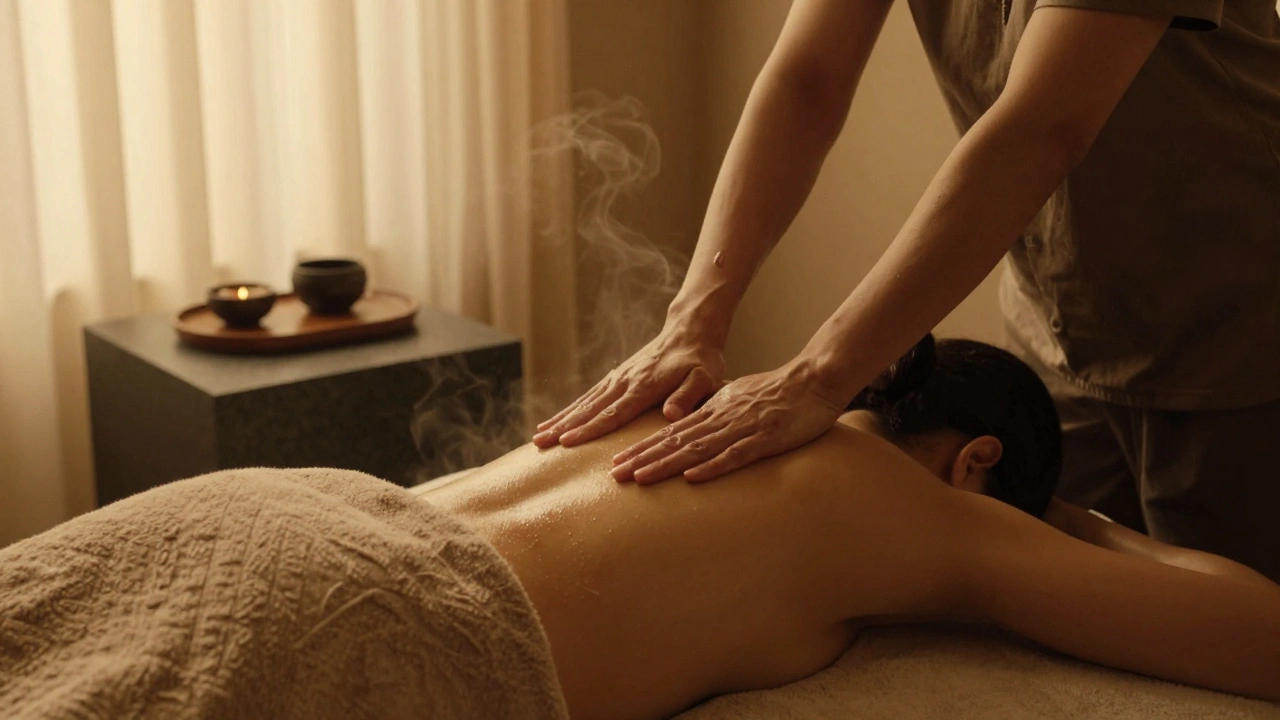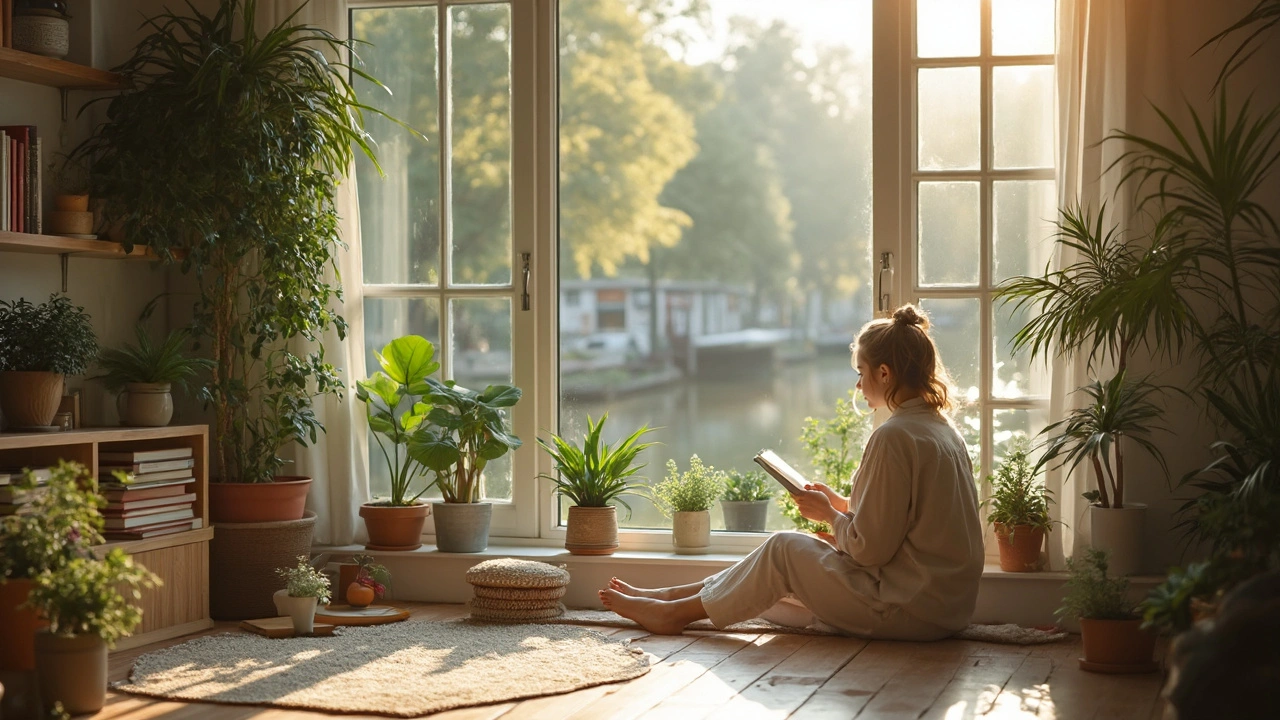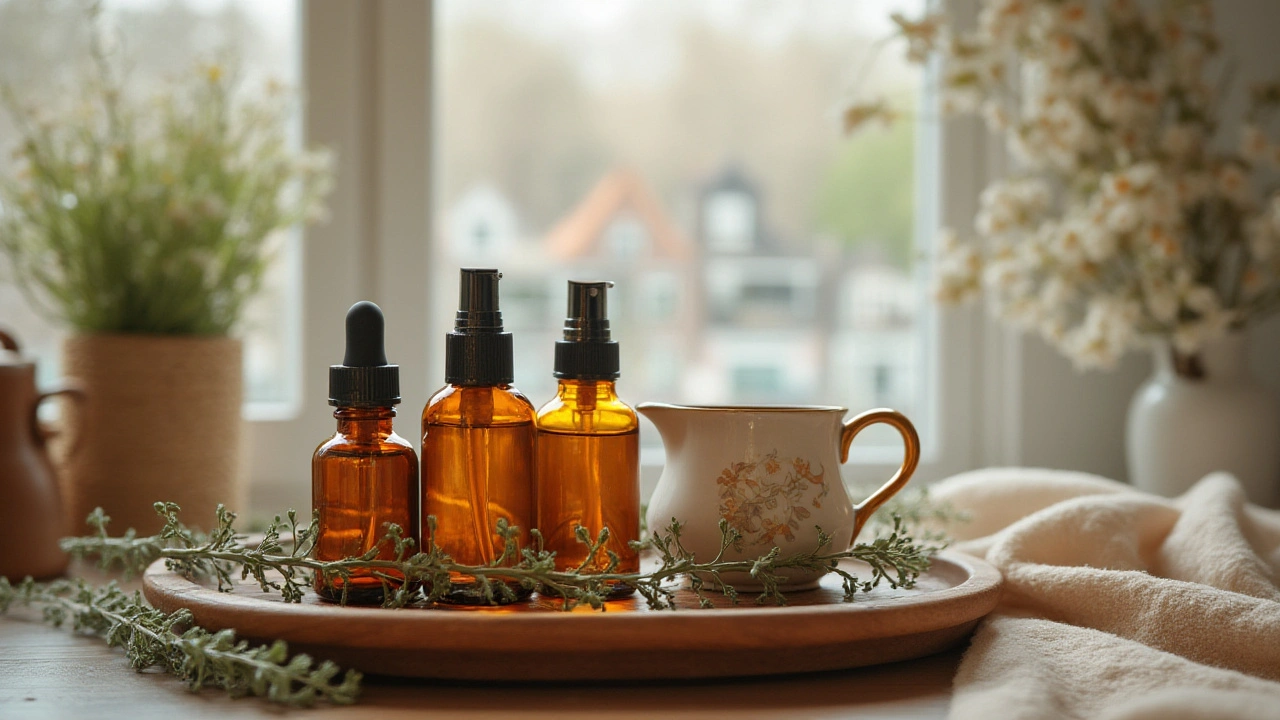Full Body Massage Amsterdam: Transform Your Life Through Touch Therapy
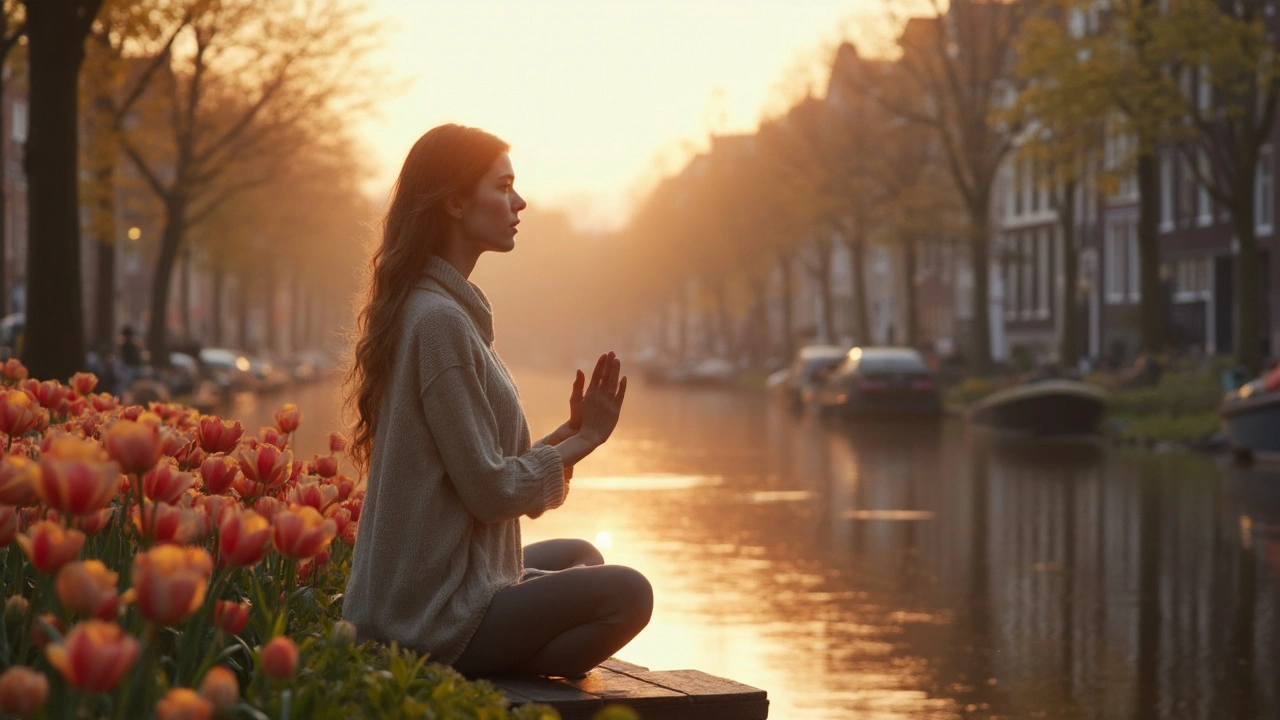
Key Points
- Full body massage offers proven benefits for your body and mind, from easing stress to improving sleep.
- Amsterdam has a diverse range of massage studios and therapists, each with unique specialties and atmospheres.
- Knowing what to expect—from session flow to pricing—makes the first step less intimidating.
- Safety, choosing the right therapist, and clarity about your needs make all the difference in your experience.
- Comparisons highlight how a full body massage stacks up against other wellness options, so you can decide what suits you best.
Direct Answer
If you're searching for the ultimate reset—physically and mentally—a full body massage in Amsterdam will deliver. It melts away tension, eases pains you didn’t know you had, and gives your mind that delicious feeling of calm you crave after a long day. With expert touch and relaxing environments, massage therapists here help you unwind, recharge, and nurture your well-being—from head to toe.
Comprehensive Guide to Full Body Massage: Transform Your Life Through Touch
Imagine this: You’re lying on a plush massage table, the noise of the city gone, soft music filling a cozy studio in De Pijp. As warm oil glides over your skin, muscles unclench, thoughts slow to a gentle trickle, and every ache that’s built up from marathon Zoom calls or Amsterdam’s cobblestones just melts away. That’s not just a fantasy—this is what a true full body massage gives you. It’s not strictly luxury anymore; for many of us living through the non-stop hustle, it’s sanity.
But what really happens during a full body massage? And why has it moved from spa-day treat to essential self-care for designers, moms, and even marathoners? Simple answer: touch matters. We’ve all felt it—a hug, a squeeze, or even a reassuring pat changes your mood in seconds. Science backs this up: When someone skilled uses touch to ease tension, your body’s happy chemicals—endorphins and oxytocin—kick in. That’s why full body massages in Amsterdam (whether you’re visiting trippy Noord or living in Jordaan) aren’t just about candles and chill beats. They’re a reset for your nervous system, your immune health, even your emotions.
You aren’t alone if you’re skeptical: can a massage really transform your life? The Dutch are famously down-to-earth—I live here, trust me, I’ve heard it all from friends over coffee by the Prinsengracht. But after my first session (booked out of desperation after two months of toddler meltdowns and a stubborn knot in my left shoulder), I left the studio walking lighter—both physically and mentally. I caught myself smiling over nothing for days. One friend swears by her monthly massage as a relationship-saver; “If I didn’t get a break,” she told me, “I’d probably throw Oscar’s socks in the canal.” I get it. We laugh about it, but it’s true: touch is medicine, and massage is how you get your refill, minus the waiting room and weird magazines.
Here’s something even the Dutch don’t always know: Amsterdam isn’t just a city of cheese and bikes; it’s a massage capital. The oldest known European massage school was founded in the Netherlands. And Dutch therapists are trained to world-class standards, often combining Swedish, deep tissue, and more holistic approaches like shiatsu or lomi lomi. Walk a few blocks in Centrum or Oud-West, and you’re sure to pass more than one discreet wellness studio behind bicycle racks and flower stalls. They cater to expats, busy parents, athletes—you name it.
You’ll pick up on a cultural difference too: Dutch massage is direct and honest, never fussy. Expect a therapist who asks detailed questions, wants your feedback, and tweaks every session to how you really feel. It isn’t just a cookie-cutter routine; it’s about what your back, shoulders, feet, and head need now. People leave sessions saying, “I felt heard,” as well as “I felt better.” That’s rare. If you’re curious about massages but put off by luxury spa vibes, the Dutch approach will make you feel comfortable, not out of place.
So why are full body massages so transformational? For many, it’s the pure permission to rest. We almost never just lie down and let someone take care of us for an hour. In today’s world, that’s radical. Real rest allows your nervous system to switch from fight-or-flight to ‘rest and digest’—the mode where healing (and real happiness) happens. That’s not New Age fluff; Dutch researchers proved that regular massage drops cortisol (stress hormone) by up to 31% after just a few weekly sessions. If you struggle with anxiety, sleep issues, or creative burnout (hello, my fellow writers and tech workers), think of that stat next time you convince yourself you’re too busy for self-care.
Massage is about breaking cycles—of tension, constant busyness, or even emotional holding in your body. After a good session, you’ll be amazed at what feels possible again: better sleep, clearer thinking, more patience with your partner (Oscar would vouch for that), and even unexpected moments of joy. It sounds like a lot for one appointment, but that’s the magic of touch—our oldest, most underrated healing tool.
If you’ve never tried it, the first step can feel daunting. I get it. New places, random therapists, and wondering what to expect. But after living in Amsterdam for a decade, I promise—it’s easier and more welcoming than you think. Whether you want pure relaxation, deep muscle work, or something more holistic, you’ll find a fit for your needs, your budget, and your comfort zone. And if you’re still on the fence, keep reading—I’ll unpack every detail so you can go from curious to confident, ready to book the session that might just change your life.
Definition and Context
Let’s clear up what a full body massage actually means—because, believe it or not, not every massage you see called “full body” offers the same thing. At its heart, a full body massage is a therapeutic session that covers almost every major muscle group, usually from your head to your toes. Depending on your needs—and which studio or therapist you choose—it’ll work on your back, neck, shoulders, arms, hands, legs, feet, and sometimes your scalp or face. Therapists use a range of techniques: long gliding strokes (Swedish), deep muscle kneading (deep tissue), gentle stretching (Thai), and often a custom mix. The point isn’t just to untangle knots but to rebalance your whole nervous system.
This isn’t a medical treatment in the traditional sense, but it works outrageously well for everyday issues—back pain, headaches, stiff necks, tension from stress, or simply a body that’s overworked and under-cared-for. Full body massage in a city like Amsterdam fits right into the local wellness scene. People here use massage to stay healthy when gyms feel packed or the weather is gloomy, as recovery after cycling to work year-round, or to fight off winter blues (that’s real—the Dutch get serious about SAD in December!).
And, of course, this isn’t just about muscle health. Touch is emotional: it helps trigger oxytocin (the so-called cuddling hormone), which lowers anxiety, reduces fear, and ramps up trust. One 2023 Dutch study found that patients who received weekly full body massages reported a 21% increase in life satisfaction after one month—higher scores than those who tried meditation or yoga alone. That’s huge. If you’ve ever wondered why you leave a good massage feeling not just physically lighter but more “yourself,” that’s the science working behind the scenes.
Context matters, too. In Amsterdam, the approach to massage is practical and straightforward, not loaded with awkwardness or stigma. Asking for a “deep tissue” or “relaxation” session is as normal as ordering oat milk at your favorite coffee spot. Studios range from cozy neighborhood spaces to polished luxury spas in the city center. Even employers here sometimes offer massage sessions to boost office well-being—try beating that perk! The big picture: a full body massage is not just for treating aches or sore muscles. It’s about holistic wellness and being able to show up, day after day, as the best version of yourself.
Benefits of Full Body Massage
Ready to see exactly what’s in it for you? A full body massage can quietly overhaul your physical and mental health without demanding much from your schedule or budget. The most obvious perk is pain relief. Chronic back, neck, or shoulder pain? See how it softens after an hour under expert hands. Studies show more than 60% of Dutch office workers who received bi-weekly massages for three months reported sharp drops in nagging back pain and tension headaches. That’s more effective than popping painkillers or spending hours on stretching apps.
Maybe it’s sleep you’re chasing. Massage calms your nervous system so deeply that, for plenty of people, one good session resets sleep patterns for nights after. You wake up with fewer aches, more energy, and a mental calm that sticks with you. If you’ve tried everything from white noise to heavy blankets but still toss and turn (especially in Amsterdam’s long, bright summer nights), regular massage might be your breakthrough trick.
The mental benefits are just as real. Lower stress, improved mood, and even better concentration—these all kick in after consistent sessions. Stressed out by work, family, or just the never-ending to-dos? A monthly or bi-weekly massage gives you a mental reset and fuels your motivation. One therapist told me she’s got several tech clients who claim their best ideas hit right after a massage—no wonder so many creative entrepreneurs in Amsterdam make it a routine.
Now let’s talk about immunity—a bonus people don’t see coming. Massage increases blood flow and lymph drainage, which means your immune system gets less bogged down by inflammation, toxins, or sluggish circulation. Dutch hospital researchers discovered in 2022 that post-operative patients who received weekly massages had 18% fewer infections than those who did not. It’s not a replacement for doctors, but it supercharges your body’s natural defenses.
What about emotional wellness? Touch helps people process and release dark moods, sadness, or worry. Licensed therapists—especially in progressive cities like Amsterdam—are often trauma-informed, ready to provide nurturing care for people with anxiety, depression, or high stress. If you feel isolated or stuck emotionally, even a non-verbal, respectful touch makes a powerful difference.
There’s an economic benefit too. Spas and studios in Amsterdam range widely in price, so you can book short 30-minute refreshers up to luxury 90-minute escapes. A 45-minute massage often costs less than a fancy dinner for two, but the effects last so much longer. Employers are catching on, with more companies offering subsidized massage for workplace wellness (if you work at a Dutch tech firm, check your benefits—you might be surprised!).
And of course: pleasure. Many who’ve made massage part of their lives talk about the sheer enjoyment. It’s something you look forward to, not out of guilt or obligation, but out of pure joy—an event for your senses, equal parts relaxation and renewal. It can even strengthen relationships: one friend here has a monthly massage with her partner, followed by coffee and apple pie—talk about goals.
| Benefit | Stat/Finding |
|---|---|
| Pain relief | 60% had less back/neck pain |
| Stress reduction | 31% less cortisol |
| Sleep improvement | 67% slept better after weekly sessions |
| Immunity boost | 18% fewer infections post-surgery |
| Overall well-being | 21% more life satisfaction |
The best part: you can tailor benefits to what you need most. Want deep relaxation? Opt for Swedish or aromatherapy massages. Looking for muscle recovery? Go with sports or deep tissue styles. Need emotional release? Many therapists offer holistic approaches with mindfulness elements. There’s no right answer—only the one that fits your life right now.
Types of Full Body Massage Available in Amsterdam
The thing about Amsterdam is, there’s no single “right” massage for everyone. Instead, you’ll discover a melting pot of methods that reflect both ancient traditions and Dutch innovation—perfect whether you’re a first-timer or a massage connoisseur. Here’s what you’ll find once you start exploring.
Swedish Massage: This classic style is popular across the city—think soothing, flowing strokes with light to medium pressure. Therapists use it to relax you deeply and ease away everyday muscle tension. Swedish massage is great if you’re sensitive or just want pure relaxation without deep muscle work.
Deep Tissue Massage: For those who love intensity—and trust me, plenty of Amsterdam bike commuters do—deep tissue is about targeted pressure. Therapists use slower, more forceful moves to work out knots in your muscles and connective tissue. This style is perfect after a week of carrying groceries up steep staircases or pushing prams over bumpy bricks.
Sports Massage: Amsterdam is an active city. Runners, cyclists, crossfitters—this one’s for you. Sports massage is a blend of deep techniques and stretching focused on athletic recovery, injury prevention, and boosting performance. Don’t have to be an Olympian to benefit; it’s also good for anyone battling work-from-home posture.
Aromatherapy Massage: Essential oils aren’t just trendy—they’re a staple in many massage studios. Your therapist may ask about your mood or stress level, then pick scents accordingly. Think lavender for relaxation, eucalyptus for muscle soreness, or bergamot to boost your spirit on a rainy day.
Hot Stone Massage: Yes, it sounds fancy—but it’s surprisingly practical if you run cold or have chronic tension. Heated stones placed on trigger points melt away stiffness. Ideal in winter when Dutch weather is grey and chill soaks into your bones.
Shiatsu & Thai Massage: Amsterdam’s international community means you’ll find Asian techniques—especially shiatsu and Thai—across the city. Shiatsu focuses on pressure points and energy flow (performed fully clothed, on a mat), while Thai massage combines stretching and massage for serious deep bodywork. Thai massage often gets called “lazy yoga”—if you love stretching but hate doing it yourself, try this.
Lomi Lomi: This Hawaiian specialty sometimes pops up in alternative studios or home-based practices. It uses long, flowing strokes and lots of body movement—it feels like a gentle ocean wave. If you want to let go completely, lomi lomi is a treat.
Reflexology & Prenatal Massage: Specialized options like reflexology (pressure point foot massage) and prenatal massage (for moms-to-be) are available in most neighborhoods. Many therapists undergo extra training in these, so ask for credentials if you book during pregnancy or for chronic health conditions.
One more thing: Amsterdam has a big community of freelance massage therapists who’ll come to your home or hotel. Great if you’re shy, have mobility issues, or just want ultimate convenience. When booking, check reviews and certifications—Dutch law requires professionals to show their qualifications on request. Plenty of ex-pats and locals use online platforms to compare studios and independent providers.
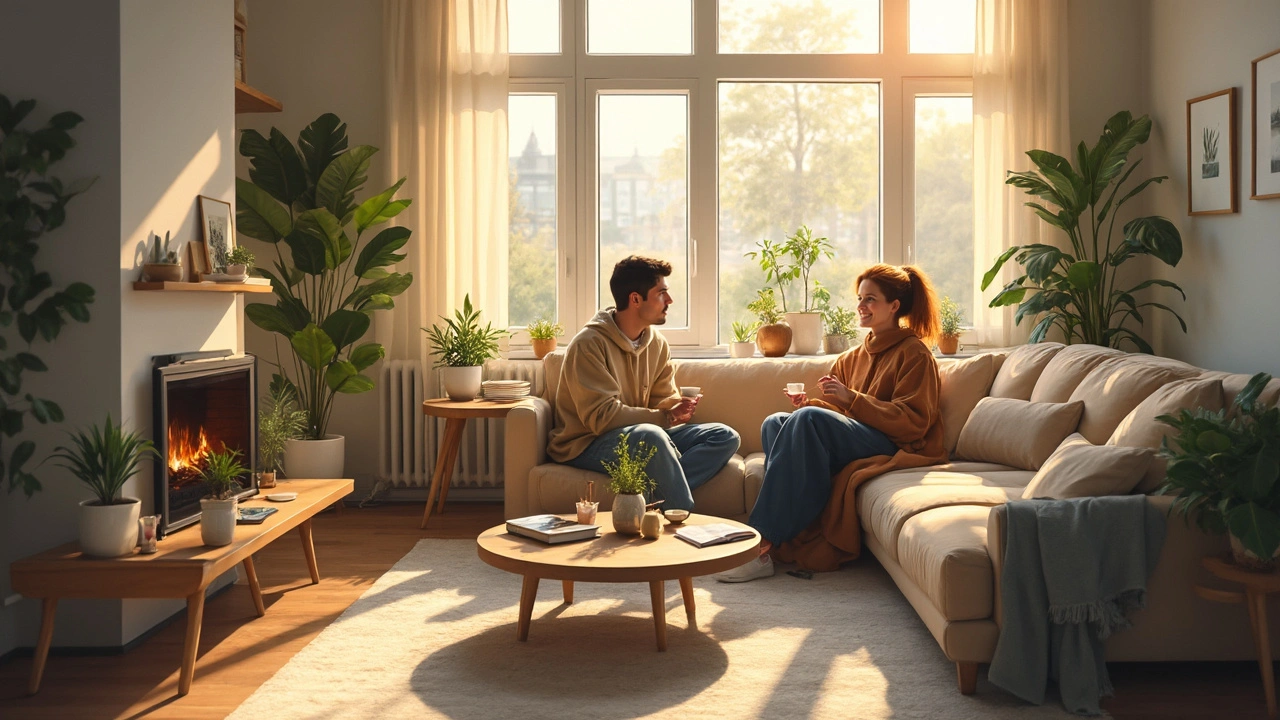
How to Find Full Body Massage Services in Amsterdam
Let’s get practical. Want to book a massage but feel overwhelmed by too many options or hidden fees? Here’s a tried-and-true roadmap for booking a session that matches your needs—without stress.
Online reviews make all the difference. The most popular platforms are Treatwell, Google Maps, and Dutch-specific sites like Massagepraktijkzoeker. Look for recent reviews, not just star ratings—see if people mention professionalism, therapist communication, and general atmosphere. If a reviewer describes a session in detail, you know it’s more likely genuine. Local Facebook groups and expat forums (like Amsterdam Mamas) also have honest recommendations—especially handy for finding English-speaking therapists.
Ask locals—your neighbors, baristas, or coworkers. Amsterdammers are straightforward and happy to share (trust me, small talk at the checkout line is a goldmine for tips here). Don’t be shy to ask if anyone knows therapists who are skilled in a particular technique, have experience with health issues, or make special accommodations.
Boutique studios are dotted throughout the city: Oud-West, De Pijp, and Jordaan are full of smaller, hands-on practices with great reputations. High-end hotels (like Conservatorium or Soho House) have luxury spas with trained staff and multiple styles. House-call services are best found via vetted platforms or personal referrals—especially if you want therapy at home.
Always check credentials. In the Netherlands, registered massage therapists hold diplomas and are often affiliated with the NGS (Dutch massage association) or international bodies like ITEC. A legitimate therapist won’t hesitate to prove certification or provide an introductory phone call to discuss your needs.
For visual help, here’s a quick reference map of popular massage neighborhoods:
- Centrum: Convenient for visitors and business travelers.
- Oud-West: Trendy, excellent boutique studios.
- De Pijp: Lively, multicultural, lots of wellness options.
- Jordaan: Local, cozy, hidden gems with personal touch.
- Zuid: More luxury, hotel spas, and expat-friendly therapists.
Want to save money? Some studios offer off-peak pricing or discount packages for regular bookings. Keep an eye on seasonal deals—a rainy week in October often triggers promotions or new-client offers. Think of it as self-care, not a splurge.
What to Expect During a Session
Still not sure what’ll actually happen during your session? Let’s walk through what a real full body massage feels like, Amsterdam-style. First, you’ll usually be greeted by your therapist, who’ll ask detailed questions about your needs, any injuries, mood, and even what music you prefer. Don’t hold back—if you dislike having your feet touched or want extra focus on your shoulders, just say so. Dutch therapists value honesty; it helps them tailor the session to you perfectly.
You’ll be shown where to change—most studios supply a clean towel, robe, or disposable underwear if needed. Privacy is a big deal. You undress to your own comfort level, usually lying face-down first under a soft sheet or blanket. Your therapist will only uncover the body part they’re working on—modesty is always respected.
The session usually starts with gentle warming strokes to help you relax and adjust. Oil or lotion is applied to prevent friction and nourish the skin—many therapists use local, organic products. Expect the therapist to change pressure—from gentle to deep—according to your feedback and comfort. Techniques switch up often: long sweeping strokes, kneading, stretching, even rhythmic tapping, depending on the style.
Most full body sessions last about 60 to 90 minutes, but shorter or longer sessions are possible. Heads up: some therapists incorporate your scalp or even face at the end—let them know if that’s not your thing. It’s common to drift into a dreamy, almost meditative state midway. I won’t lie—I’ve drooled on the towel more than once, and woke up feeling like I’d napped for days.
Don’t be shy about asking for adjustments: more pressure, less pressure, skipping areas, or avoiding oils if you’re sensitive. The session is yours. Afterward, you’re encouraged to lie quietly for a moment, then get up slowly (believe me, sometimes your body feels a bit weightless at first). There’s usually tea, water, and a gentle chat to check how you’re feeling.
Tipping isn’t mandatory in Amsterdam, but it’s a nice gesture for excellent service (usually around 5-10%). Always confirm payment options beforehand—some boutique studios only accept debit or payment apps, not cash.
You can book your next session right away or take home special oils or wellness advice. Many therapists offer stretches or self-massage tips if you ask. Walking outside after a session, the city’s sounds and sights somehow feel softer; cyclists whizzing by don’t annoy you, and you’ll probably sleep like a rock that night. That’s the full body massage effect in action.
Pricing and Booking
One thing everyone wants to know: how much is this going to cost? Full body massage pricing in Amsterdam varies from €45 to €120 (for one-hour sessions), depending on location, studio reputation, therapist experience, and extras like aromatherapy or hot stones. Boutique studios and freelance therapists often offer better prices than luxury spas—but high-end hotels might include amenities like steam rooms, snacks, and rain showers, so check what’s included.
Deals pop up via online platforms like Treatwell, where you can compare studios, see instant availability, and read verified reviews. Package deals (block bookings) stretch your euro further—often giving you a free session after five or ten. Student and off-peak discounts are common in quieter areas like Nieuw-West or Noord—look for early morning or midday slots for the cheapest rates.
Booking is mostly online now. Quick tip: fill in health and preference forms honestly before arrival to save time and avoid misunderstandings. If you’re new to massage, mention that in your booking—most therapists will take extra time to explain everything and answer questions. Many studios require 24-hour cancellation; late cancellations may be charged, so always double-check policies.
Safety Tips
Your wellbeing should always come first. Choose a licensed, certified therapist—look for NGS registration, diplomas on the wall, or clear online credentials. Never feel pressured to accept techniques or pressure levels you’re uncomfortable with. If anything feels awkward or unprofessional, say something or leave. Reputable Amsterdam studios take consent very seriously and are happy to answer all your questions upfront.
For personal safety, check hygiene standards. Clean linens for every client, handwashing between sessions, and a fresh-smelling space are non-negotiable. For clients with health concerns (heart problems, pregnancy, injuries), talk to your GP first and tell your therapist—adaptations can be made for almost every condition, but full disclosure keeps you safe. Legit therapists will never diagnose or treat serious illness, but they’ll work alongside your regular healthcare.
If you book a home session, always confirm who is coming and when; share your booking details with a friend for peace of mind. Confirm price, duration, and any extras (oils, travel fee) ahead of time—surprises are not welcome here.
Comparison Table: Full Body Massage vs. Spa Treatments in Amsterdam
| Aspect | Full Body Massage | Traditional Spa Treatments |
|---|---|---|
| Main Focus | Therapeutic touch, muscle relief, full-body reset | Relaxation, beauty, skincare (facials, scrubs, etc.) |
| Personalization | High—tailored to your needs each time | Medium—fixed routines, less focus on specific pain/tension |
| Cost | €45-€120 per session | €60-€200, more for combined treatments |
| Duration | 45-90 minutes typical | 30-120 minutes depending on package |
| Skill Needed | Requires certified, trained therapist | Spa staff, sometimes less technical training |
| Setting | Boutique studios, homes, wellness centers | Luxury spas, hotels, salons |
FAQ: Your Questions About Full Body Massage Answered
- Is massage safe during pregnancy? Yes, but always choose a therapist with prenatal certification and get your doctor’s okay if you have high-risk factors.
- Can I book last minute? Many studios offer same-day slots, but popular therapists fill up fast—book ahead if you want specific times or styles.
- Do I have to undress completely? Only down to your comfort level—let your therapist know your preferences, and your privacy will always be respected.
- Will massage help my specific pain or health condition? Usually, yes, but share your full history before the session. Massage is supportive, not a replacement for medical care.
- Is it normal to feel emotional or even cry during/after a massage? Totally. Sometimes deep touch releases tension you didn’t know you were holding. Therapists are used to it and will create a safe, non-judgmental space.
- Are there COVID/flu hygiene rules still in place? Most studios follow strict Dutch health guidelines: mask use as needed, disinfection, and social distance in waiting areas. Check current rules when booking, as they can change with local policy.
- How often should I get a full body massage? Once a month is common, but weekly or bi-weekly is great for chronic issues or high stress. Listen to your body and budget.
- What if I don’t like the session? Speak up! A trustworthy therapist will happily adjust—clear communication is expected and welcomed here.
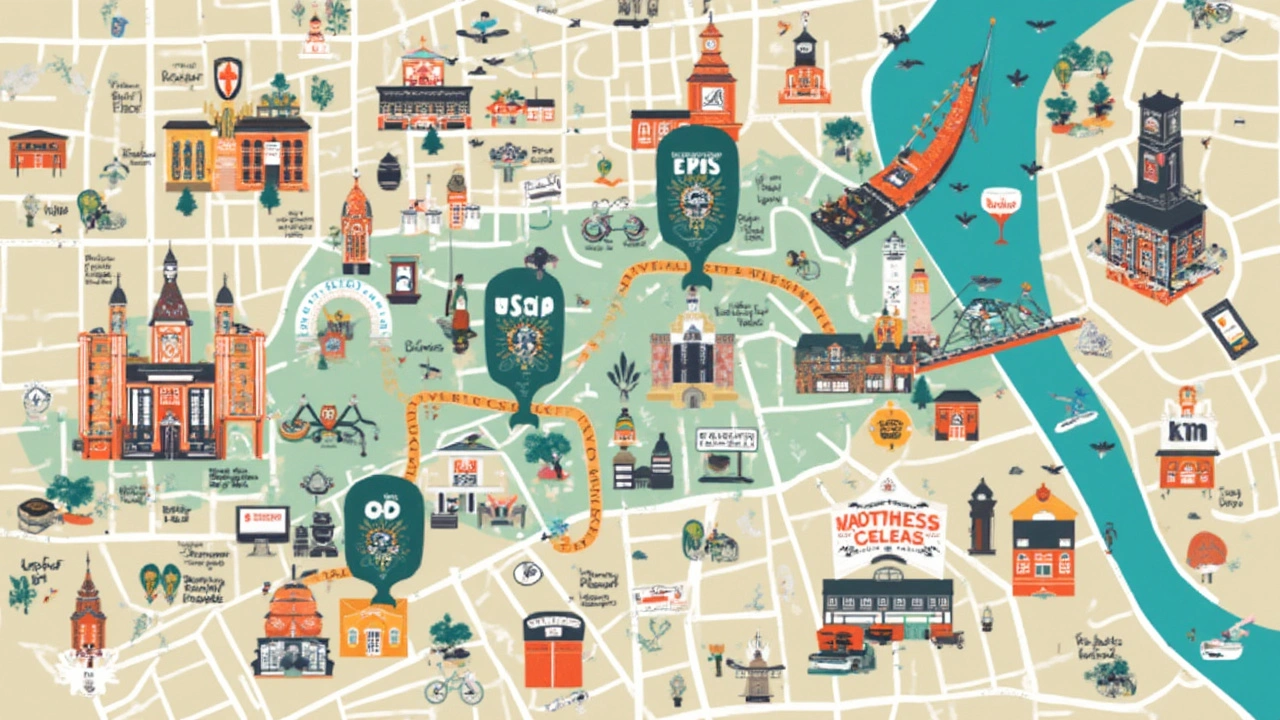
Ready to Relax? Book Your Full Body Massage in Amsterdam Today
Isn’t it time you gave yourself that hour away from deadlines, screens, and stress? Amsterdam’s full body massage scene is relaxed, accessible, and packed with professionals ready to help you unwind, heal, and reset. Whether you’re still just thinking about it or eyeing your calendar for that first session, remember: real transformation can start with a single touch. So go ahead—your future self will thank you.
